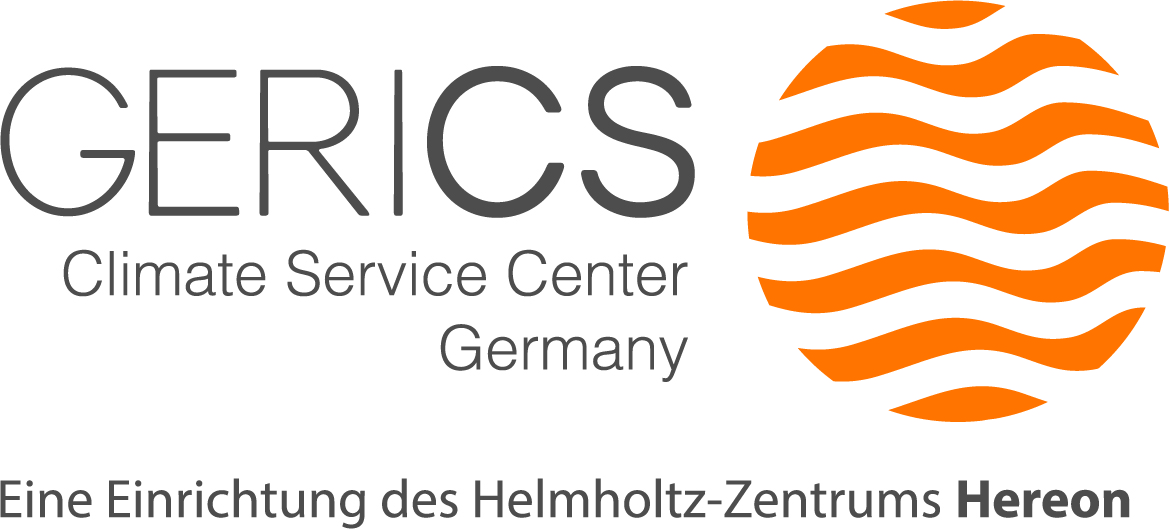Prioritisation Method for Adaptation Measures to Climate Change in the Water Sector

© Climate Service Center
Climate change brings new management challenges to the environment and to the economic sectors. The management of water in the face of climate change, as an intersection between the whole economy and the environment, is an example that demands for research input. Every step taken with regards to water policy and management should take into account how to adapt to the adverse effects that climate change model predictions expect to be occurring in the near and far future. Therefore, measures looking to enhance adaptation capacities to climate change are imperatively needed in order to guarantee future water supply, water sanitation, environmental restoration and conservation, and the management of extreme events.
Stakeholders involved in water management need advice to choose which adaptation measures are more suitable under the constraints of a changing climate and the ever growing budget limitations. Bringing economic analysis into adaptation, this report presents the development and implementation of a methodology that allows for the prioritisation of adaptation measures in water supply and water sanitation. This methodology supports selecting adaptation measures that would be more suitable to be financed by stakeholders, depending on their profitability and adaptation performance.
This prioritisation method is based on cost-benefit analysis (CBA), a very common process for calculating and comparing benefits and costs of a project, decision or government policy. However, one particularity of the prioritisation methodology proposed in this document has been the introduction of social and environmental externalities into the CBA, originating from the adaptation measure implementation, adding extra costs or benefits depending on their nature. For this, a set of criteria have been proposed, developed and calculated to provide a monetary value to some externalities that can be usually found in water management projects (e.g. water savings, pollution savings, etc.).
A second particularity of this prioritisation is the inclusion of climate change as a devaluation factor in the analysis, according to expected future negative effects. Special attention is given to discounting, the economic term for homogenisation of money in the future. In this report, discounting is calculated based on different emission scenarios (A1, A2, B1 and B2). The discounting shall vary depending on which scenario the adaptation project is submitted under in the CBA. The main reason for this it that impacts expected from one scenario will be different from the others. This will consequently affect the project’s profitability and effectiveness.
The proposed prioritisation methodology seeks to evaluate adaptation measures separately, but also compare them as a group. Therefore, it includes a multicriteria comparison which considers not only the cost and benefits as criteria but also analyses the results through economic, environmental and social factors weighted separately. In doing so, it should be possible to select the one with the best performance to face future climate change challenges, independently of each measure’s goals.
In this document, the methodology and the concepts involved are comprehensively explained. Prior to this, a theoretical focus is presented to link the concepts of climate change, water, adaptation and economics. Firstly, an understanding of how climate change can affect the water cycle is provided, along with an explanation and listing of different existing adaptation measures to climate change for water supply and sanitation management. Later, it is presented how climate change can be linked to economic analysis. Finally, the concepts and methodology of cost-benefit analysis are revised.
Following the theoretical part of the document, a case study is presented. The case study includes a hypothetical future scenario in which different adaptation measures for water supply and sanitation in the Spanish Mediterranean region have to be prioritised. Due to the actual lack of future adaptation measures for the region, five existing water supply and water sanitation projects have been selected where the implementation of adaptation strategies could be applied in the future. A review of reports on climate change is provided to synthesise which of the climate change impact predictions are expected for water resources on a Spanish, Mediterranean and regional level.
Report 18: Prioritisation Method for Adaptation Measures to Climate Change in the Water Sector
